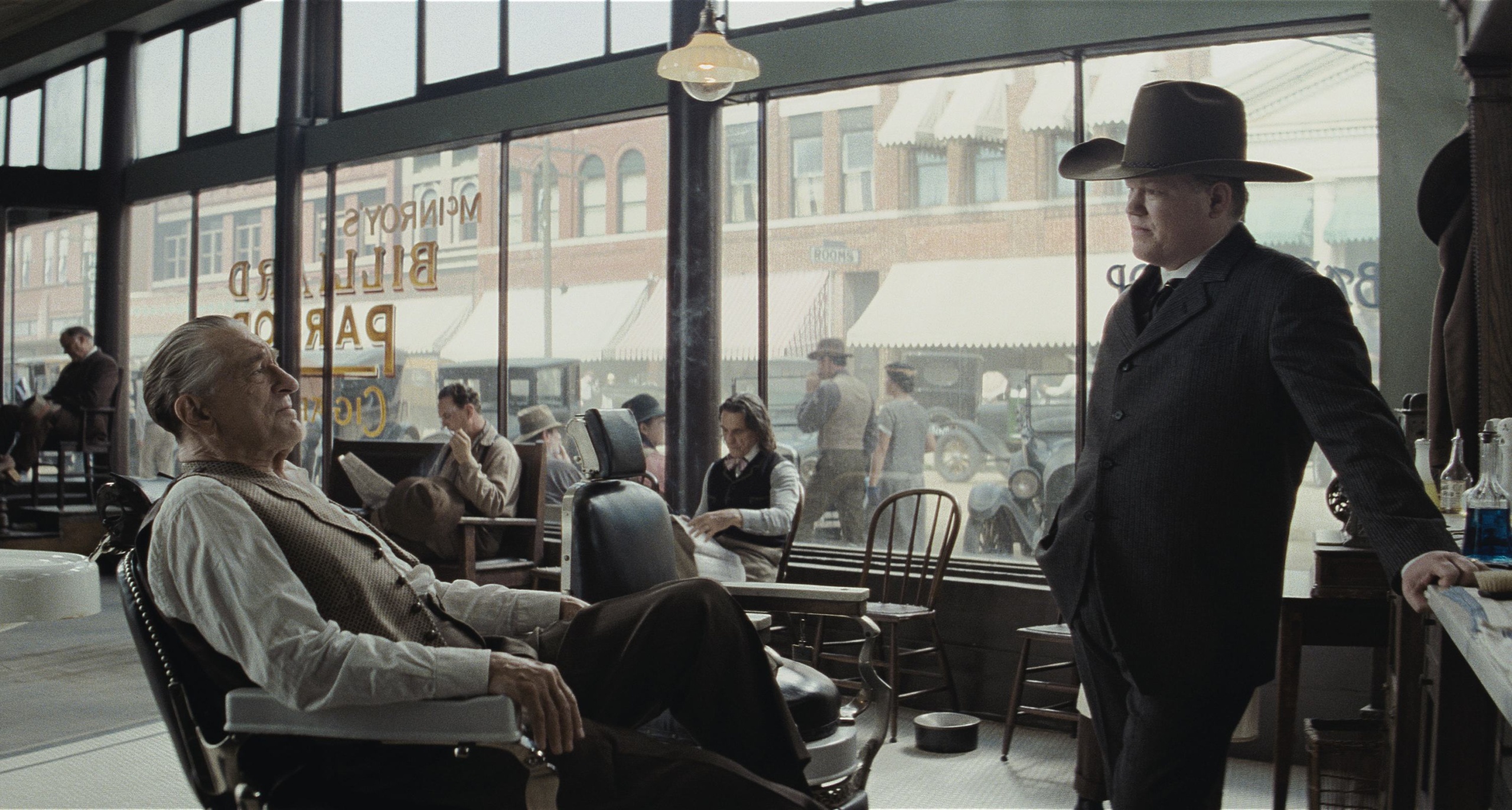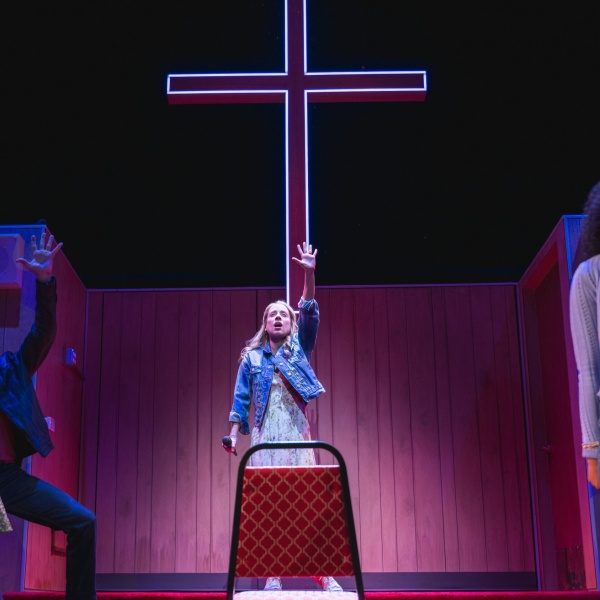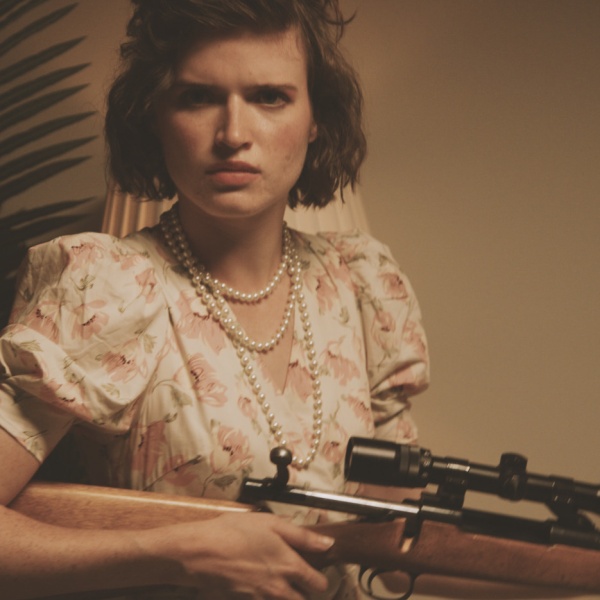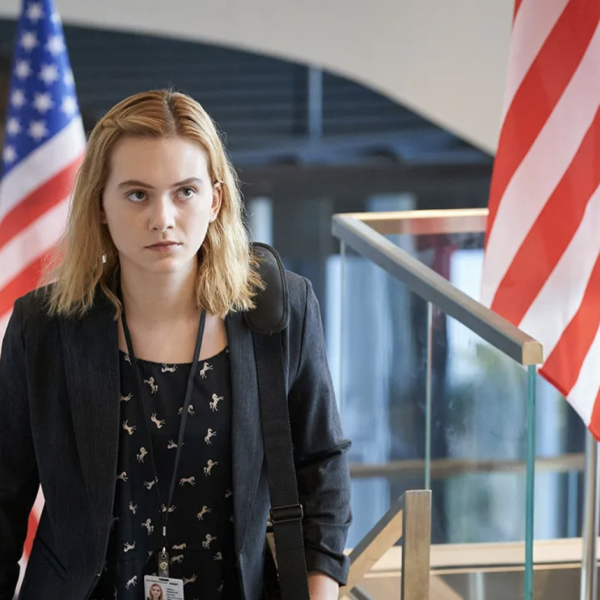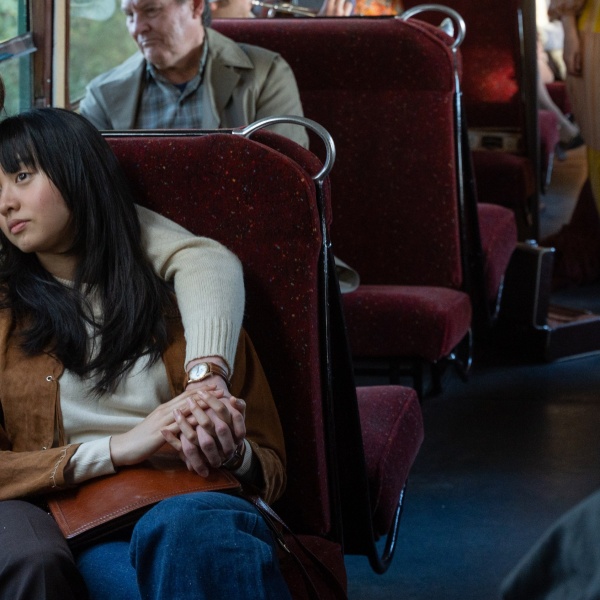No production designer has created more iconic, gorgeous outdoor imagery than Jack Fisk, whose 50-year filmography is filled with classics — “Days of Heaven,” “The Tree of Life,” “Mulholland Drive,” “There Will Be Blood,” and “The Revenant” represent just a fraction of his output. Yet according to Fisk, a “well-designed” film is not his goal. “I always lean more toward a documentary style,” he told IndieWire. “I love the idea of telling a story that will not only sell popcorn, but give you information.”
Fisk’s latest project, “Killers of the Flower Moon,” provided just that kind of opportunity, with director Martin Scorsese telling the true story behind a series of murders committed in the Osage Nation in the 1920s after oil was discovered on tribal land. “Marty really wanted to tell it from the Osage point of view,” Fisk said. “He wanted it to be truthful and fair, and that got me excited about doing the film. I feel such a responsibility because as filmmakers, the vision we set forth is the way most people will think about the subject until someone comes along with a better vision. If we make it unreal, they’ll have an unreal perception of that time in Oklahoma.”
Fisk has long been one of the great exterior production designers — his use of locations to express character in films like “The Straight Story” and “The Master” is unparalleled — so it’s no surprise that Scorsese would call on him for “Killers of the Flower Moon,” the director’s first Western. Part of the fun for Fisk was the fact that the film draws upon the iconography of the Westerns he grew up on, television oaters like “Gunsmoke” and “The Rifleman,” yet also tells a story of a West in transition. “The Osage people were assimilating into the white world, and we’re showing a new West where people are driving cars,” Fisk said, adding that the expansiveness of Oklahoma lent itself to a vast vision encompassing both the epic and the intimate, the latter of which really inspired the production designer.

“The town was pretty simple because I had photographs of the real town at that time,” Fisk said. “I also had a lot of written material and could tell what businesses were there because of newspaper ads, and I had great maps of the town created for fire insurance companies.” The greater challenge came in figuring out the home of Mollie Burkhart (Lily Gladstone), the Osage woman Leonardo DiCaprio’s Ernest marries out of love and greed. “That house to me was the key to putting the whole film together. It was important to me to understand where Mollie was living.”
The source material on which the film was based (a 2017 non-fiction bestseller by David Grann) didn’t offer many clues, and when Fisk visited the area where the story took place he felt a disconnect between how one might assume Mollie and her family lived and the reality of the situation. “People just assumed that because they were rich they were living in mansions,” he said, “but I didn’t see any mansions around.” Fisk started researching county records and ultimately discovered that Mollie lived in her mother’s house for many years before briefly living on a farm with Ernest and then moving five blocks away to a little house that would allow her to be closer to doctors when she got sick.
Fisk built Mollie’s house based on written descriptions he came across in the records, though he made slight adjustments to accommodate Scorsese’s camera. “We enlarged it because the real house was too small to shoot in,” Fisk said. “And I wanted to put a second floor on it so that she and Ernest could be up there and not have everything feel like a dormitory.” Fisk also added porches where people could sleep outside, noting that when visitors came they tended to stay a while. “In the country, if you drive somewhere you stay for a week or so.”

Fisk’s research showed that many of the rooms in the Osage houses had several beds, an outgrowth of the communal way of living they had been used to. “Before Oklahoma, they all lived on the same land and no one owned anything,” Fisk said. “I had heard that they didn’t even have a word for ‘mine.’ They didn’t need one, because everything belonged to everybody.”
The tragedy of “Killers of the Flower Moon” lies partly in its depiction of the loss of that way of life, a story told as much through Fisk’s designs as through the script — the juxtaposition of Osage traditions with the encroaching, largely corrupt world represented by Ernest and his uncle, William King Hale (Robert De Niro), permeates the entire film and benefits from the rigorous research by Fisk, Scorsese, and Scorsese’s archivist and co-producer Marianne Bower. The result is, per Fisk’s intentions, a movie so rich in detail that it marries the qualities of a documentary with the emotional satisfactions of a great piece of narrative filmmaking.
“Character is always the key to it,” Fisk said, noting that the relationship between Mollie and Ernest is where all of the film’s thematic, historical, emotional, and political concerns intersect. The ambition and complexity that Scorsese — with whom Fisk had never collaborated — and co-screenwriter Eric Roth brought to the project were essential in getting Fisk to commit to the project. “I’m just as excited as I ever was about filmmaking, but I have two grandchildren now so it’s harder to get me off the farm. As you get older you realize that you don’t have that many more films in you, so I’m careful that when I drive to work in the morning there’s no place I’d rather be going. That’s what I look for.”
